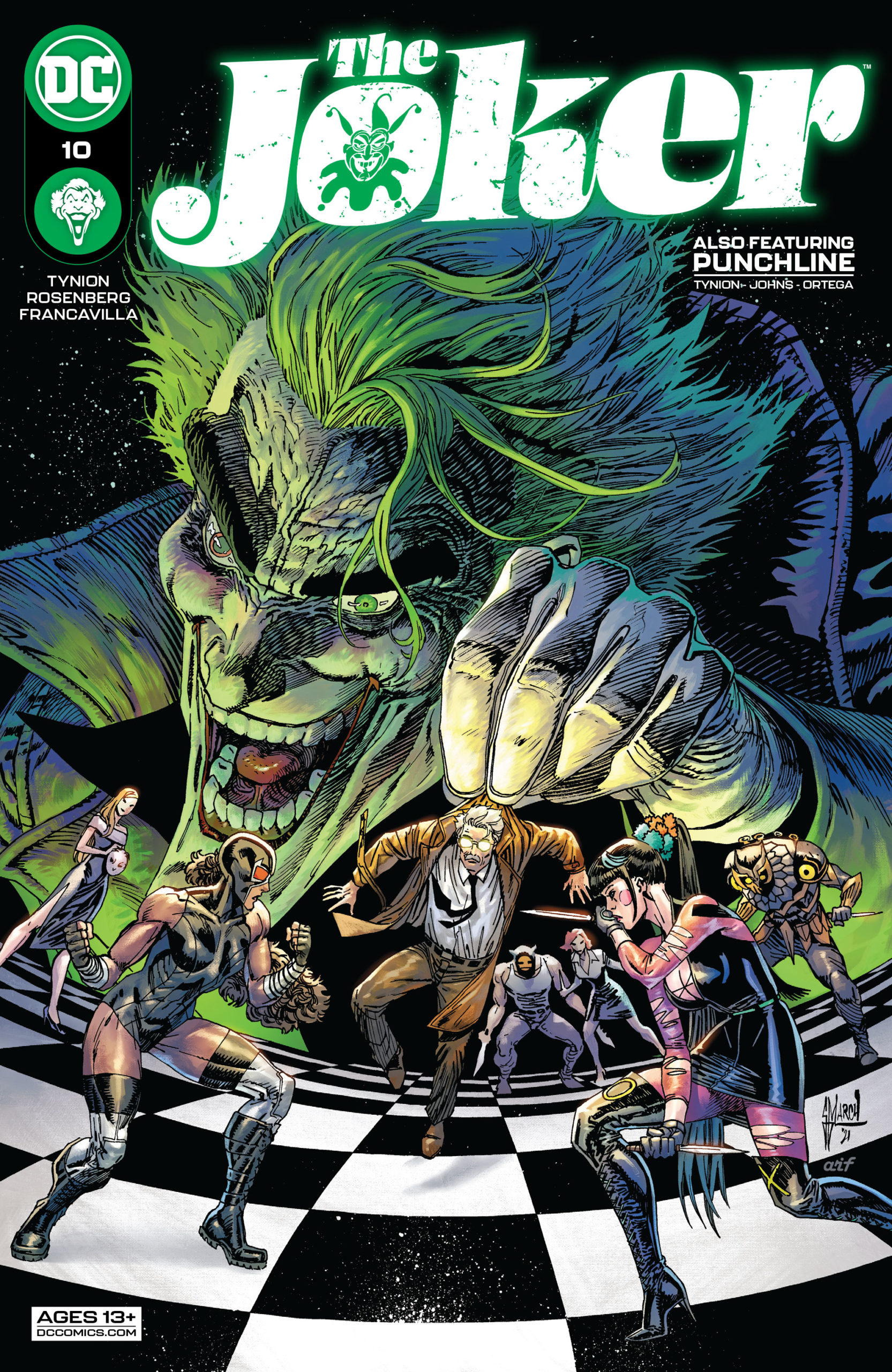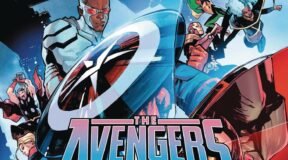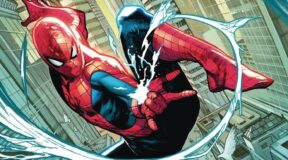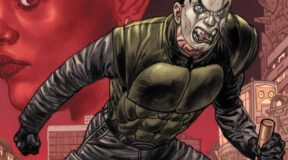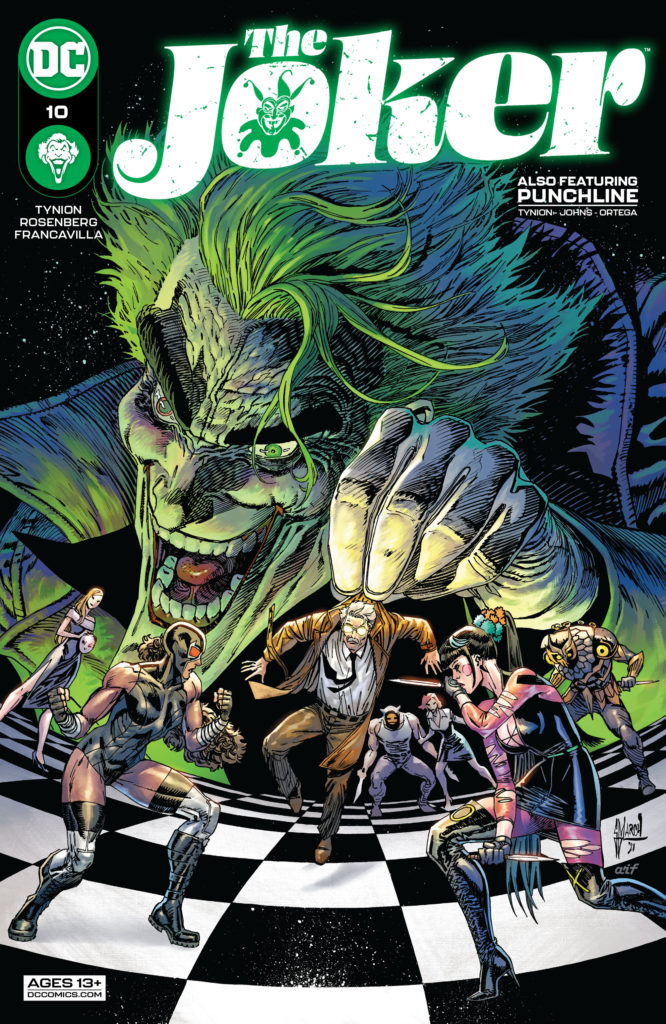
The Joker #10
DC Comics
Written by Matthew Rosenberg, James Tynion IV, and Sam Johns
Art by Francesco Francavilla and Belén Ortega
Letters by Tom Napolitano and Becca Carey
The Rundown: Commissioner Gordon searches for his missing son. Kelly engages the reader in the terrors she faced while on the run and a member of the Royal Flush Gang shows his softer side.
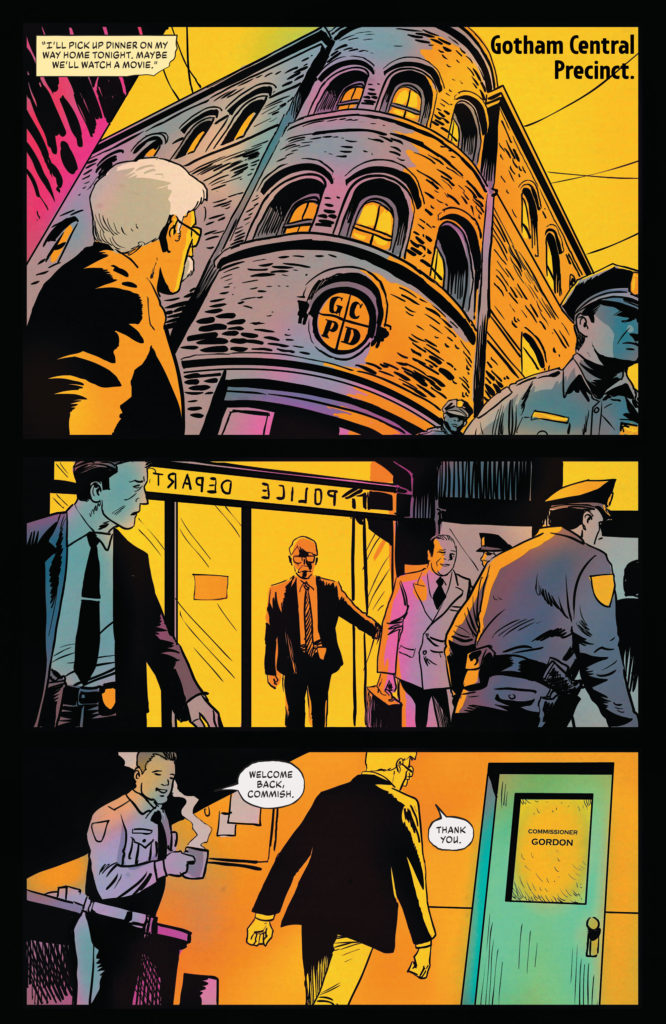
Years ago, James and Barbara Gordon deal with their life changes after their tortuous experiences with the Joker. Later, James Jr. comes to live with his father and sister. After Junior is caught going through his father’s files, James has an interesting conversation with Barbara. Soon, Gordon discovers his son has left home and goes out in search of the young man. His pursuit leads him to an unexpected partnership with Officer Montoya and later the Dark Knight. Finally, Gordon reunites with his son in a heartbreaking manner.
Punchline
Kelly tells her survival story to the authorities. When they are unimpressed with the content, Harper admits that the evidence Kelly previously mentioned had been destroyed. Meanwhile, Cullen meets with a friend who shows him a different side of the Royal Flush Gang.
The Story: Rosenberg and Tynion craft a melancholy and soul wrenching chapter surrounding James Gordon’s troubled past. The sins of the Joker have harmed not only his victims, but their loved ones. And this powerful episode expounds upon that point. It also does a lot to establish the mindset of Gordon as he attempts to finally rid the world of his greatest enemy. It also begs the question: Why are the worst of criminals granted mercy, and is this mercy helpful or harmful?
In the B Story, the reader gets a chance to hear the perspective of two very different supporting characters. It is interesting to see how the Royal Flush Gang operates within their neighborhood. And I find this contrast to Punchline’s relentless pursuit of Kelly to be an excellent way of layering the group’s dynamics.
The Art: Two very distinct artistic styles are portrayed in this issue. The A Story uses a traditional style suitable for noir and detective works. While the B Story is youthful and depends on vibrant colors. Both pieces compliment their attached stories and elicit emotional ties to the characters represented.
